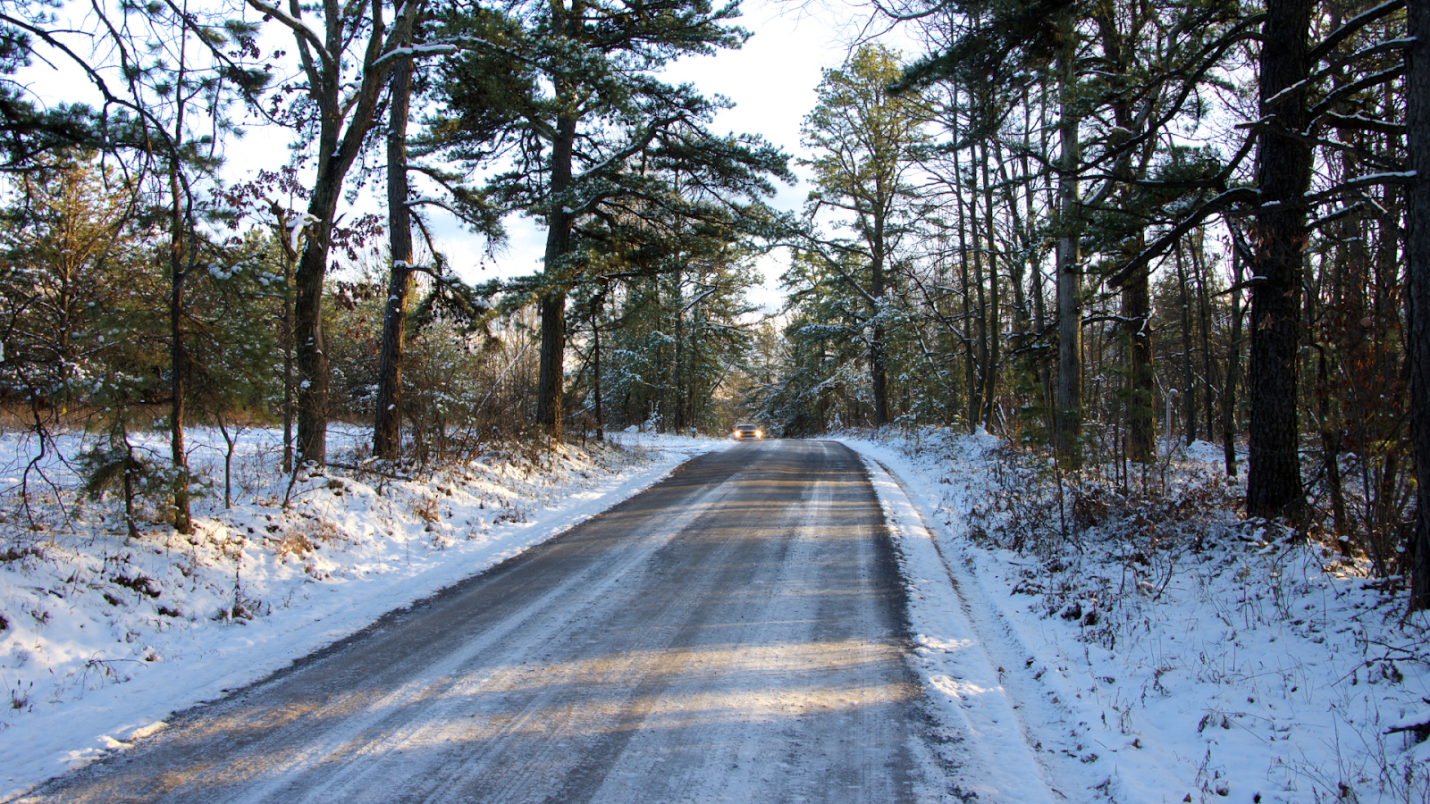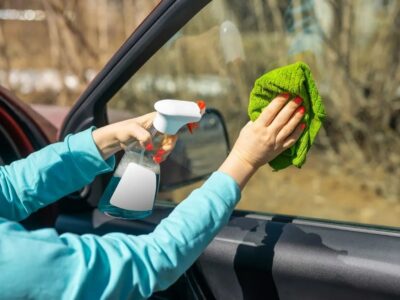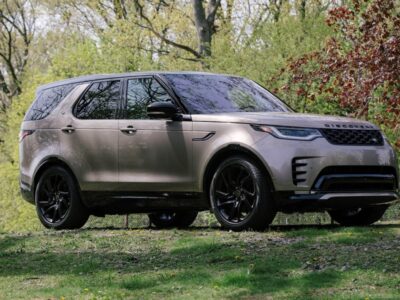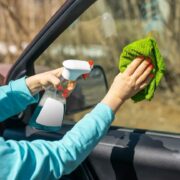Colorado’s stunning landscapes and picturesque mountain towns make it a year-round paradise for outdoor enthusiasts. However, as the temperature drops and snow begins to hit the ground, its beauty comes with a challenge: snow and ice-covered roads. For Jeep owners in Colorado, embracing the winter wonderland means preparing your vehicle for the harsh conditions. In this blog post, we’ll provide practical maintenance tips on how to get your Jeep ready for winter driving, from snow tire recommendations to antifreeze checks and essential cold-weather gear.
Snow Tires: Your Best Winter Investment
When it comes to winter driving in Colorado, the right tires can make all the difference. Snow tires are specially designed to handle the challenges of icy and snowy roads, providing superior traction and control. Before the winter season hits, consider investing in a set of quality snow tires for your Jeep.
All-season tires are a standard choice for many drivers, but they may not be sufficient for the extreme winter conditions in Colorado. Snow tires have deeper treads and a softer rubber compound that stays pliable in cold temperatures, ensuring you maintain grip even on icy surfaces.
When shopping for snow tires, look for those with the three-peak mountain snowflake symbol. This symbol indicates that the tire meets specific winter performance criteria and is certified for use in severe snow conditions. Additionally, it’s advisable to replace all four tires with snow tires to maintain balanced handling and control.
Check Your Antifreeze and Cooling System
Extreme cold can wreak havoc on your Jeep’s cooling system. It’s crucial to ensure that your antifreeze (also known as coolant) is at the right level and concentration. Antifreeze serves two primary purposes: it prevents your engine from freezing in low temperatures and helps dissipate excess heat in high temperatures.
To check your antifreeze levels, open the hood of your Jeep and locate the radiator cap or coolant reservoir. Ensure the engine is cool before opening the cap. If the antifreeze level is low, top it up with a 50/50 mix of antifreeze and water. Most auto parts stores offer premixed antifreeze for your convenience.
Additionally, consider having your cooling system professionally inspected by a professional before winter sets in. Mechanics that specialize in Jeeps and 4x4s in Colorado can check for any leaks, ensure proper circulation, and test the freeze point of your coolant to make sure it’s suitable for Colorado’s cold winters.
Cold-Weather Gear for Your Jeep
Preparing your Jeep for winter driving in Colorado isn’t just about the vehicle itself. You also need the right gear to ensure your safety and comfort on the road. Here are some essential items to have in your Jeep during the winter months:
- Snow Chains or Traction Devices: Colorado’s mountain passes can be treacherous in the winter, and some areas require snow chains or other traction devices. Be sure to carry a set in your Jeep and know how to install them.
- Shovel and Snow Brush: A collapsible snow shovel and a sturdy snow brush are essential tools for clearing snow from around your Jeep and your windshield.
- Blankets and Warm Clothing: In case of emergencies or unexpected delays, keep extra blankets, warm clothing, and gloves in your Jeep to stay cozy while waiting for help or rescue.
- First Aid Kit: A well-stocked first aid kit is a must in any vehicle, but it’s particularly crucial during winter when road conditions can be hazardous.
- Portable Jump Starter: Cold temperatures can drain your Jeep’s battery. A portable jump starter can be a lifesaver if you’re stranded with a dead battery.
- Snacks and Water: Keep non-perishable snacks and bottled water in your Jeep to stay nourished and hydrated during long drives or unexpected stops.
Winter Driving Techniques
Having the right gear and tires is only part of the equation. To navigate Colorado’s winter roads safely, you’ll also need to adapt your driving techniques:
- Reduce Speed: Slow down and maintain a safe following distance from other vehicles. Icy and snowy roads require more time to stop, so allow for extra braking distance.
- Use 4WD or AWD: If your Jeep is equipped with four-wheel drive (4WD) or all-wheel drive (AWD), engage it when driving in snowy or icy conditions. This can improve traction and stability.
- Avoid Sudden Movements: Gentle, gradual inputs are key to maintaining control. Avoid sudden acceleration, braking, and steering movements.
- Brake Carefully: Use a light and consistent touch on the brakes to avoid skidding. If your Jeep is equipped with antilock brakes (ABS), let the system do its job; don’t pump the brakes.
- Plan Your Route: Before heading out, check road conditions and traffic updates. It’s wise to plan your route to avoid steep mountain passes or hazardous areas during severe weather.
Conclusion
Winter driving in Colorado can be a thrilling adventure, but it’s also fraught with challenges. By preparing your Jeep with snow tires, checking your antifreeze and cooling system, and carrying essential cold-weather gear, you’ll be better equipped to handle the snow and ice-covered roads that come with the territory. Remember to adjust your driving techniques to suit the conditions, and always prioritize safety when venturing out in your Colorado Jeep during the winter months. With the right preparations and a little extra caution, you can enjoy all the beauty that Colorado’s winter landscape has to offer.













Comments